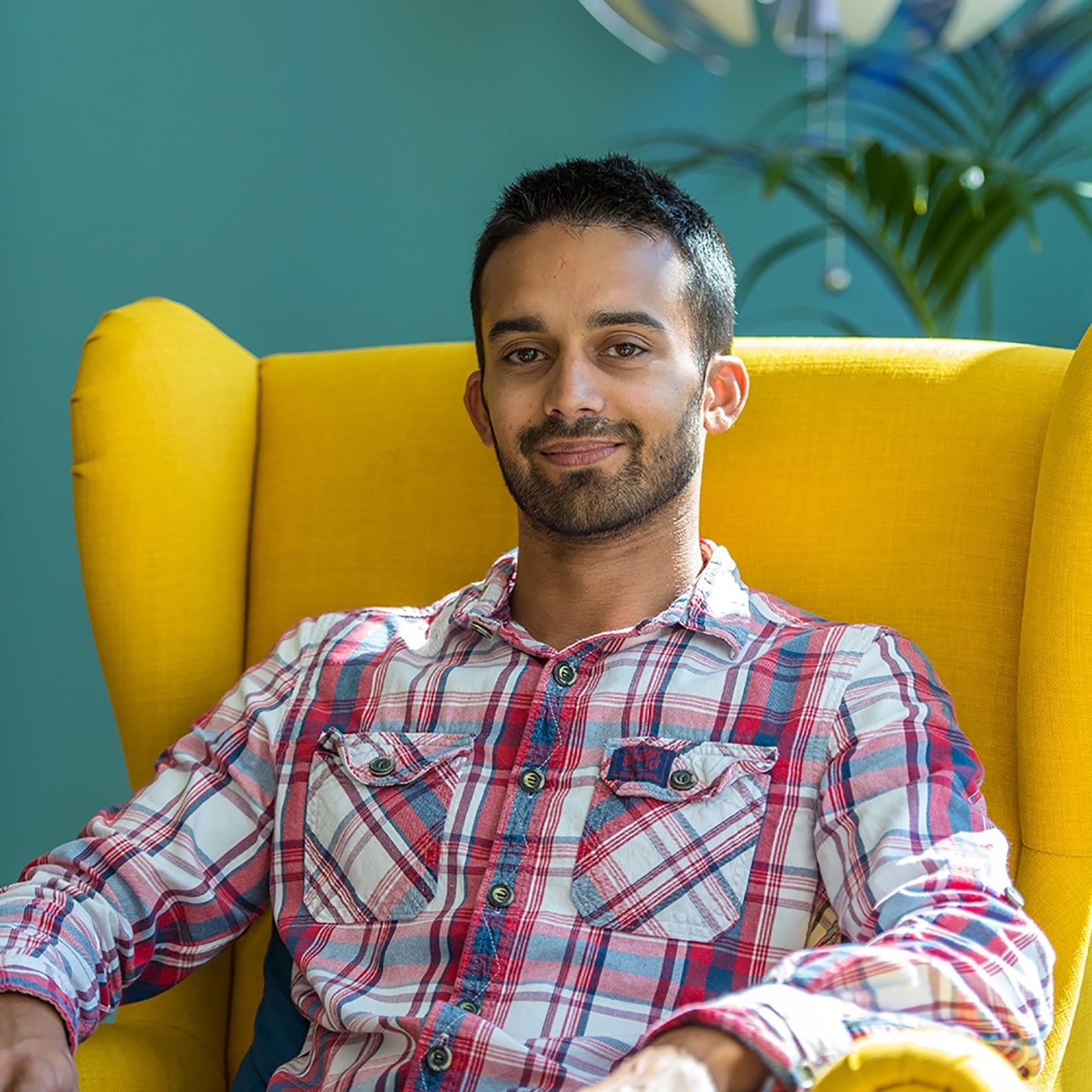
Bournemouth-based technology company Avius launched Gestures, a touchless customer feedback solutions system, on 14 October at Atlanta’s Hartsfield-Jackson International Airport, the world’s busiest airport.
To engage with Gestures, a touchless AI-powered thumbs up/thumbs down survey system, passengers will need to stand in front of a kiosk, showing a thumbs up or down depending on the experience’s satisfaction.
Avius co-founder and managing director Will Gunaratne explains how the project came about and why touchless technology will help aviation regain passengers’ trust.
Ilaria Grasso Macola (IGM): When did you develop Gestures?
Will Gunaratne (WG): We started developing Gestures in March this year, as the world started changing and here in the UK we first were told to work from home and then we went into lockdown.
[During this period] we started a little skunk work, a secret project focused on looking at different ways of collecting feedback, innovation and things such as touchless feedback.And that was the genesis of Gestures, that’s when we started working on it.
How well do you really know your competitors?
Access the most comprehensive Company Profiles on the market, powered by GlobalData. Save hours of research. Gain competitive edge.

Thank you!
Your download email will arrive shortly
Not ready to buy yet? Download a free sample
We are confident about the unique quality of our Company Profiles. However, we want you to make the most beneficial decision for your business, so we offer a free sample that you can download by submitting the below form
By GlobalDataIGM: What was the rationale behind it?
WG: I think people have always been interested in leaving feedback, but the lower the barrier to leaving feedback, the more feedback you get.
Technologies like touchless are just easier for people to use than perhaps engaging fully with touchscreens.
And in terms of hygiene, I guess there’s always been a concern that we can do more to offer safe and hygienic solutions, especially around toilet areas. Airports want to get feedback and people are concerned and want to make sure that those areas are maintained hygienically.
Gestures feedback doesn’t require any physical interaction with a piece of hardware or any equipment, so it naturally suits that kind of environment.
So that was on our kind of radar of things [we wanted] to look at and I think the pandemic just accelerated our innovation and gave us a focus to really push.
IGM: Did you encounter any challenges during the project’s development? Especially as it took place during a pandemic
WG: It was hugely difficult because everybody was working from home and that was the first time we didn’t have an office. Everybody was working in their flats or houses, some people were also working under staircases because nobody was really prepared to work from home long-term.
Like a lot of businesses, it was a difficult period and still is, making it difficult to coordinate [the work].
In terms of actually testing the product, it was very difficult because we couldn’t find suitable locations that were open. A lot of airports were closed or had minimum staff and weren’t able to accommodate us coming and doing things.
So Gestures wasn’t the easiest project also because the technology posed its own challenges in terms of developing something that sophisticated.
IGM: Why did you choose Atlanta’s Hartsfield Jackson Airport to launch the product?
WG: We have worked with Atlanta for a few years now and they use our survey technology extensively throughout the airport.
They were really keen to be on the sort of forefront of innovation and actually, they came to us and asked to be part of this launch.
IGM: How important is the use of touchless technology in an airport?
WG: We have seen airport passenger volumes decrease massively, as flights were cancelled and airlines stopped running different routes.
While we have seen some concerns around touch screens – and we’re obviously very aware of that – we have also seen robust volumes through our touch screen surveys.
We have launched products such as SmartCode, which allows people to take the same survey they would on the kiosk on their phone, just by scanning the QR codes.
[Products like this] help offset any loss in volume that we have seen. In the end, it’s all about choice, giving passengers and customers a choice.IGM: What is the future of survey experience technology? Will there be an increase in the number of touchless technologies?
WG: I think so. There are a lot of different ways to communicate and humans have a lot of non-verbal cues [to convey] how they’re feeling. As we highlighted it in the launch, things like gestures already exist online.
If you go onto Facebook or LinkedIn, [you can see] people continuing liking or disliking things by using a thumbs up or thumbs down.
So we see [Gestures] as a natural extension of that, bringing it into the real world and making a tangible thing. It’s already a very natural thing and I think there is a drive for more natural feedback.
[In the future] we’ll see more things that interact with humans differently than just touch screens.




